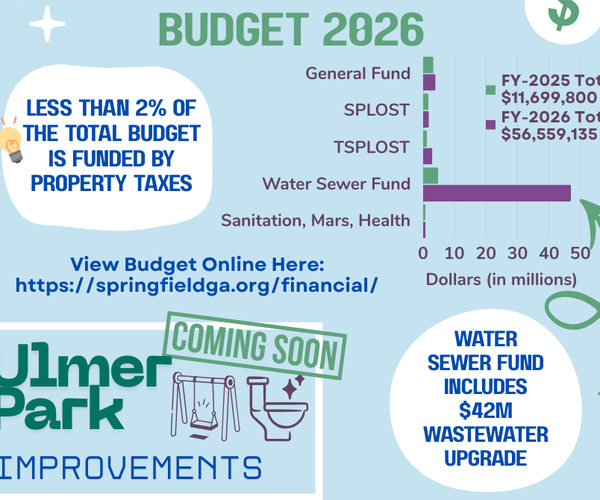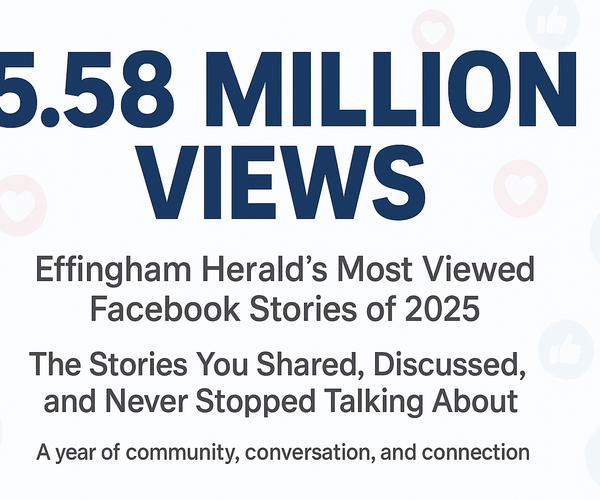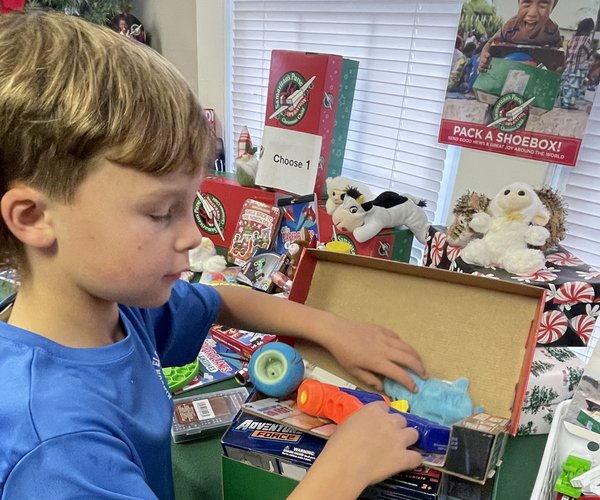SAVANNAH -- You don’t have to be a professional scientist with an advanced degree to make a meaningful contribution to scientific research. That is one conclusion of a recent paper by Dorothea Sanders, an educator at the University of Georgia Marine Extension and Georgia Sea Grant, and UGA Skidaway Institute of Oceanography researcher Jay Brandes. The article was published in the winter issue of Current: The Journal of Marine Education.
Community science supports environmental research





